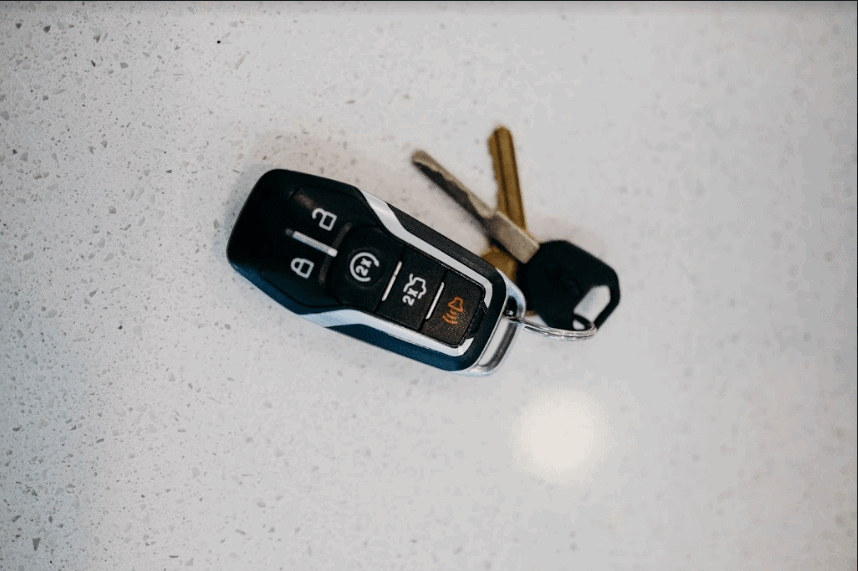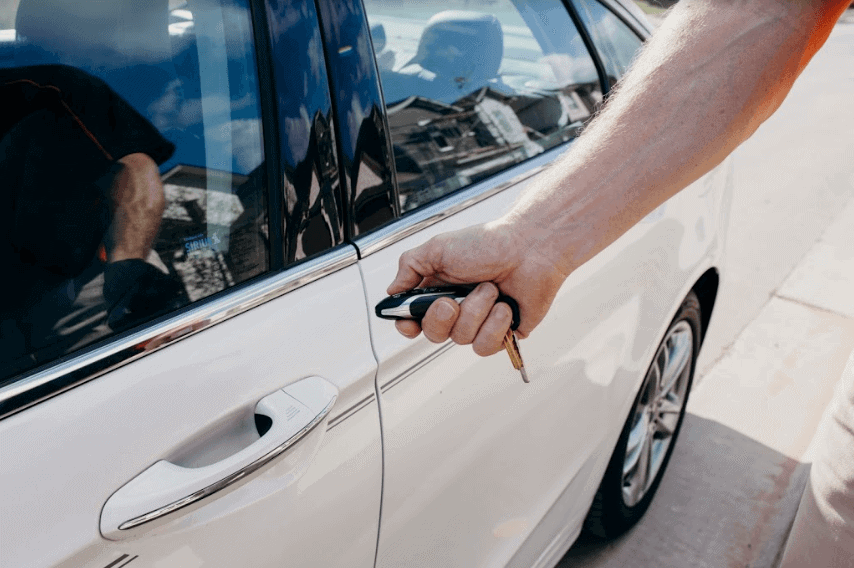Are you considering purchasing a key from an internet seller and then looking for a locksmith or professional to program that key? Just like many other items, the internet can seem like a promising place to save money on the purchase of keys, fobs, and prox keys. But, be wary – while this isn’t a scam, it also isn’t always the smartest way to go about getting a new key.
Public Awareness: Buying Car Keys Online

There are a few reasons to be cautious when considering purchasing a new key or fob online, instead of from a professional or the dealership. They include:
- Many people don’t realize that with modern vehicles, the majority of a new key’s cost comes not from the key itself, but in the decoding, cutting, and programming of the electronic components of that key to match to your vehicle so that it actually works.
- If you purchase a key from online, and then seek out a skilled tradesperson to match that key to your vehicle, it likely won’t be warrantied, which can hurt you in the long run.
- Internet keys are often from aftermarket sources that use the lowest quality materials, construction methods and electronic components available.
- Lastly, most online resellers do not charge significantly less than professional locksmiths or automotive security professionals who provide the same part- likely with a warranty on the part and labor included.
Need a Key or Remote For Your Vehicle?
If you need a key or remote for your vehicle, there are three words we recommend keeping in mind while searching – Avoid, Ask, Know.
1. Avoid
using Google or Bing to locate a professional locksmith or automotive security professional when possible Instead use:
a. Findalocksmith.com
b. Keypro.com
c. popalock.com
These are three of the most professional and vetted associations and membership groups for locksmiths in North America. They are a reliable source to help you find a trusted technician and avoid locksmith scams.
2. Ask what the total price for the entire job will be up front. Unless something is wrong with the vehicle or it’s not in original factory condition, most reputable locksmiths should be able to give you a very precise cost.
3. Know specifics if possible. If you’re internet-savvy or good at conducting your own research, you can likely find out exactly what OEM key part number your vehicle takes. This is the exact button configuration such as lock, unlock, panic, remote start, automatic rear doors, power liftgate, or power tailgate. Providing this useful information to your locksmith may help save time, effort, energy and potentially reduce your total cost.
If You’ve Already Purchased a Key Online

If you have already purchased an online key, it’s not the end of the world. If you’re seeking someone to cut and program the key or remote for you, here are four important things to remember:
1. Communicate: Whoever you end up requesting service from, make sure you clearly state if you have a working key for the vehicle or if all keys are lost or broken . This factor can cause a significant difference in pricing and procedures depending upon your vehicle’s year, make, and model.
a. Be prepared to show identification and proof of ownership . This would include registration, title, bill of sale or proof of insurance coverage naming you on the document. Having your documentation in order, and letting the key professional know that you have this documentation readily available for them, can save you time, effort and energy, and could potentially lower your final cost.
2. Be transparent with your locksmith. When you contact a key professional, let them know that you purchased a key online. If you can identify the reseller to your locksmith, it can help clarify the quality of the key.
3. Consider purchasing keys from your locksmith anyway. A good alternative for you – as well as the key professional – is to purchase another key directly from the locksmith. This professional can service and program it much more effectively. Then ask if they can cut and program your online key as a backup for a reasonable rate while they are already on-site. Or, if you do not want or simply can’t afford to have the additional key programmed, most online resellers will accept an uncut returned key back in order to maintain their positive seller statistics.
The Bottom Line
We’ve given you a lot of information here. The bottom line, though, is that buying online keys is typically a waste of time and money versus simply calling a key professional to do the job in the first place!
Pop-A-Lock is the largest supplier of keys, fobs, and automotive key programming services to the public in North America. We use high-quality products, offer warranties on our parts and labor, and can typically offer the best value because of our purchasing discounts through our partnered vendors. If we provide service in your area, please consider reaching out to us for a free estimate to replace or create a duplicate key, fob or proximity key for your vehicle!

To talk with a Brothers Locksmith Professional about your best key options, call (888) 947-5585 today.
Call Us Any Time!








